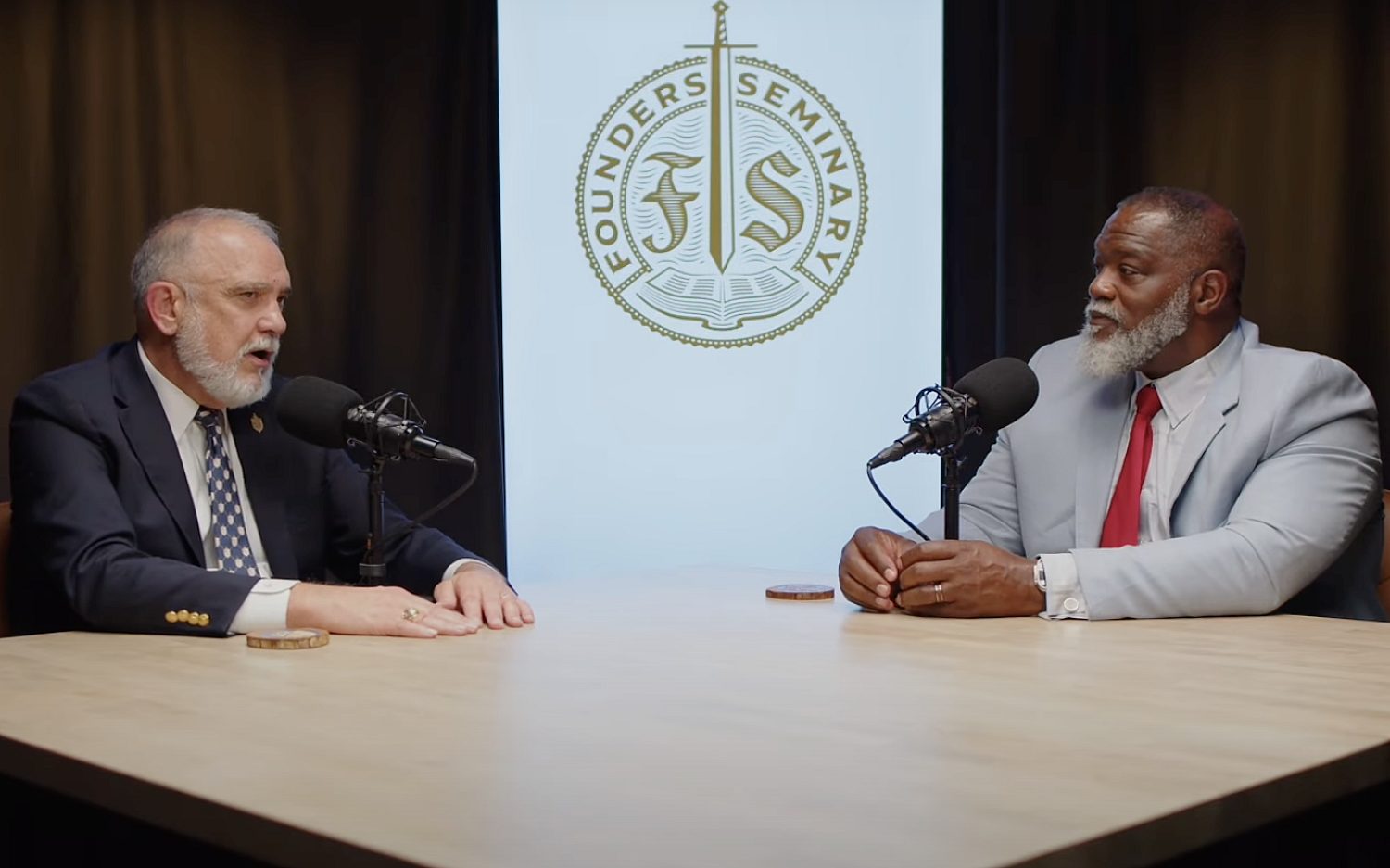Moving pro-lifers from apathy to action
Joel Patchen’s apathy toward the pro-life movement ended when his second child died nearly a month and a half after birth. Brooke Anna Vaughan Patchen was born three months too early. As Patchen watched his daughter develop during her 40 days outside the womb, he realized that many children his daughter’s age lose their lives to abortion. “This was the first time in my life that I faced the concrete reality of fetal development and life in the womb,” he explained. After Brooke’s death, Patchen began volunteering with National Right to Life and studying pro-life materials.
Patchen’s mobilization reflects a similar trend experienced by many people who describe themselves as pro-life, but are uninvolved in the pro-life movement until something touches them personally. In his book The Making of Pro-Life Activists,sociologist Ziad Munson studied the activation of pro-life support. His research revealed that most people beginning involvement in the pro-life movement are “at best ambivalent” toward the cause.
According to the Pew Research 2013 Global Attitudes Project, 47 percent of Americans, about 153 million people, view abortion as morally unacceptable. But available numbers on pro-life activism reveal that only a fraction of pro-life supporters actively participate in the cause. March for Life and 40 Days for Life typically draw about 500,000 participants, while Pro-Life Action League’s participants are in the thousands.
Munson relates the transition from pro-life apathy to activism to a “conversion process.” Pro-life organizations use several tools to catalyze that process, but stories are one of the most important.
“Christians are generally not concerned about any of the issues,” said Troy Newman, president of Operation Rescue. “But they love to hear the stories.”
Operation Rescue’s support increased after the activist organization exposed Ohio resident LaKisha Wilson’s botched abortion and subsequent death in April. People often view abortion as an ugly statistic, Newman said. But news of a mother’s death can surprise pro-life supporters into action.
Stories like Wilson’s provide some uninvolved pro-lifers both the necessary outrage and hope to push them toward activism. Some pro-lifers believe that they can’t do anything valuable to fight abortion. It is, after all, legal, and most pro-life laws face court challenges. But pro-lifers do see the opportunity to successfully campaign for mothers’ health. Wilson’s story reminds them abortion numbers represent real mothers and babies. “It’s not a statistic to LaKisha Wilson’s family,” Newman said.
Wilson’s tragic death unified social conservatives in northeastern Ohio, said Molly Smith, president of Cleveland Right to Life: “The grassroots are outraged.” Last Friday, activists gathered outside Cleveland University Hospital's main campus, where doctors, including abortionists, receive training. Although Cleveland Right to Life’s calls to action typically draw 30 to 50 activists, about 140 people attended Friday’s demonstration.
Cleveland isn’t the only local pro-life organization to see recent increases in support. The atrocities committed by Kermit Gosnell in his Philadelphia abortion facility provided a wake-up call for Pennsylvanians, said Maria Gallagher, legislative director for Pennsylvania Pro-life Federation. Pennsylvanians inundated the organization with requests for pro-life information after Gosnell was exposed. “People were horrified when they learned the facts,” Gallagher said.
When the group visited town halls across Pennsylvania to give educational presentations, people asked what they could do to help. “There’s an even greater passion in the pro-life movement in Pennsylvania in the wake of Gosnell,” Gallagher said. “People were awakened to the fact that the situation was more horrible than they thought it was.”
But not all tragic events produce the same pro-life fervor—especially if another issue takes precedence in the headlines. The news that an Oregon power plant had been burning aborted and miscarried Canadian babies outraged Oregon’s pro-life community, said Gayle Atteberry, executive director for Oregon Right to Life (ORTL). Supporters made “tons” of phone calls and sent letters to the power plant. But despite the initial outpouring of support, ORTL hasn’t seen any increase in volunteers or donations because the state’s election season has drawn more attention.
After his daughter’s death, Patchen founded his own pro-life organization, called Anna’s Choice in honor of the little girl. Through prayer and educational materials, Patchen uses his personal experience to educate and motivate Christians to action. “Brooke has inspired me to love the preborn and their parents through grace and mercy,” Patchen explained. “I am convinced that the majority of the body of Christ does not know what the Bible says about abortion and how it applies to their lives as believers.”
An actual newsletter worth subscribing to instead of just a collection of links. —Adam
Sign up to receive The Sift email newsletter each weekday morning for the latest headlines from WORLD’s breaking news team.




Please wait while we load the latest comments...
Comments
Please register, subscribe, or log in to comment on this article.